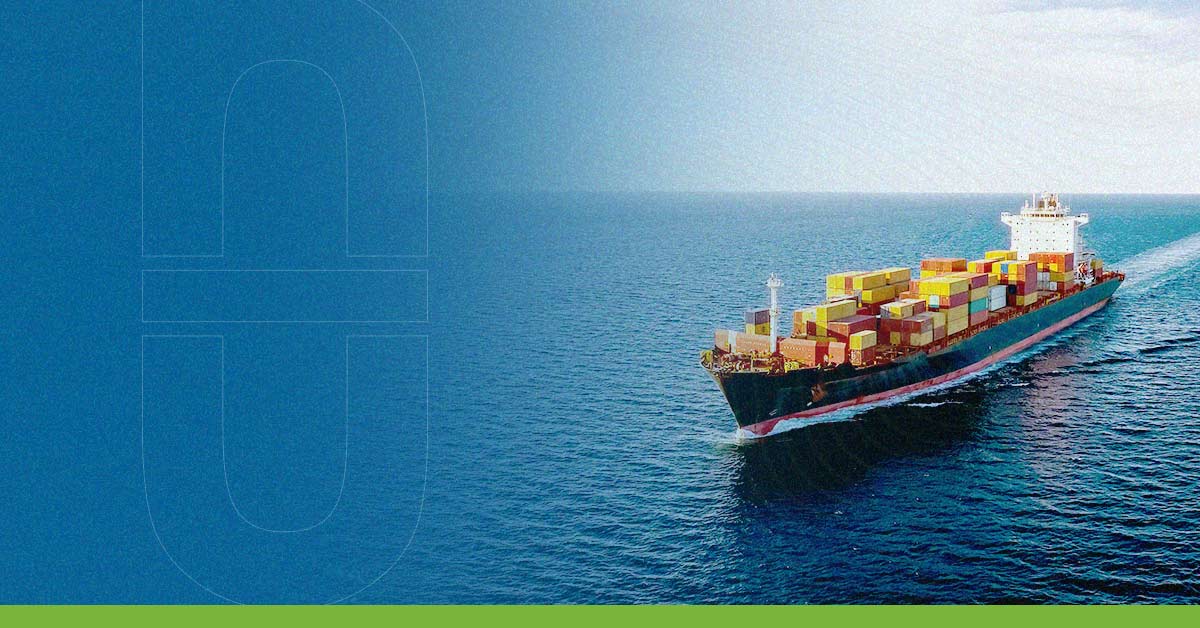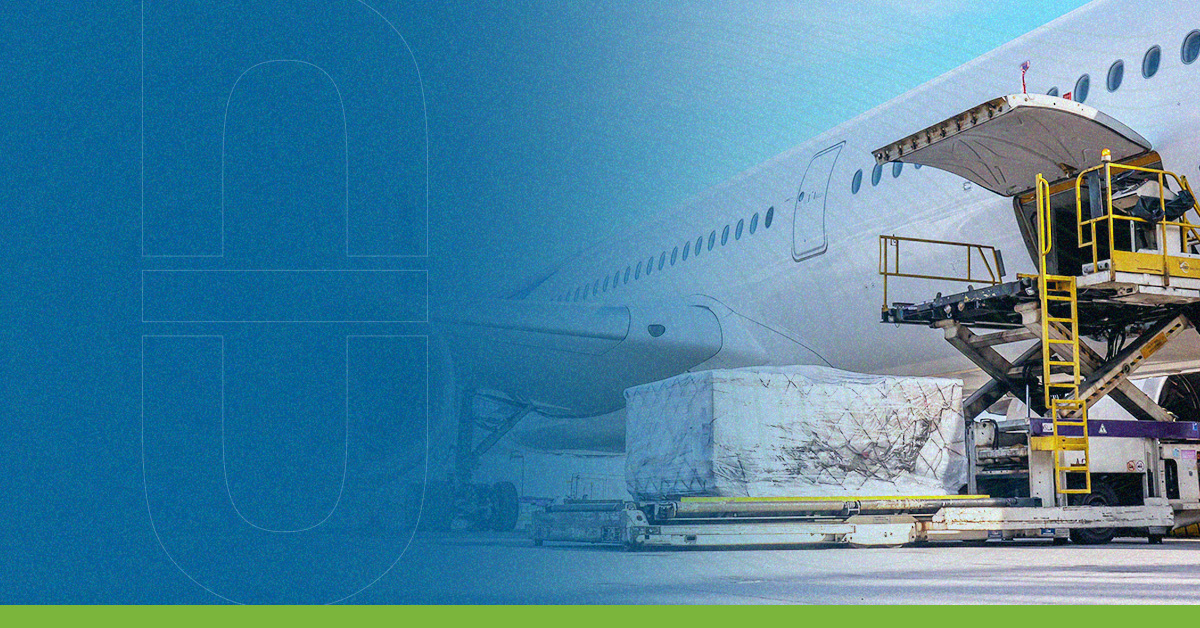Global maritime trade gets a long-awaited breather. China has suspended port fees on U.S.-linked vessels for one year, while the Suez Canal records its strongest recovery since the Red Sea crisis began.
International trade tensions are easing, bringing renewed stability to shipping routes, lowering costs, and restoring confidence in global supply chains.
China and the U.S. halt their port fee escalation
China’s Ministry of Transport announced a one-year suspension of port fees imposed on U.S.-linked vessels — a move aimed at restoring calm in transpacific trade routes.
The decision, effective November 10, 2025, marks a significant shift in tone within the tariff dispute between the world’s two largest economies.
The announcement follows a series of diplomatic meetings in Asia, where both countries agreed to freeze new sanctions under the Section 301 trade investigation.
At the same time, Washington paused actions targeting China’s shipbuilding subsidies, opening space for dialogue that could prevent further disruption to global trade.
The temporary truce benefits shipping companies such as Matson, MSC, Maersk, and CMA CGM, which had faced port cost increases of up to 12% since October.
Immediate impact on freight and transpacific routes
With the suspension in place, carriers expect a short-term drop in operational costs and freight surcharges across Asia–North America routes.
Industry sources cited by Lloyd’s List noted that several U.S. vessels that had diverted to South Korea or Taiwan to avoid Chinese ports are now returning, easing congestion and boosting logistics efficiency.
The preliminary deal between Donald Trump and Xi Jinping, expected to be formalized during the upcoming APEC Summit in South Korea, also includes:
- Suspension of new U.S. tariffs and reciprocal Chinese sanctions.
- One-year postponement of export licensing for rare earths, critical to chips, batteries, and clean tech.
- Resumption of Chinese purchases of U.S. soybeans and agricultural goods.
- Bilateral cooperation to curb the trafficking of fentanyl precursors.
Markets reacted positively: Asian stock exchanges rose between 2% and 3%, while the yuan strengthened against the dollar.
Suez Canal marks a turning point
As China and the U.S. ease their rivalry, Egypt reports its strongest maritime recovery in two years. The Suez Canal Authority (SCA) confirmed that 229 vessels transited the canal in October 2025 — the highest monthly figure since the Red Sea crisis began.
SCA Chairman Admiral Ossama Rabiee credited the rebound to greater regional stability achieved after the Sharm el-Sheikh Peace Summit, which helped reduce attacks on commercial shipping. Between July and October, 4,405 vessels crossed the canal carrying 185 million tons of cargo, a 10% year-on-year increase.
Egypt has also completed key modernization projects — including dredging the western Port Said branch and expanding the canal’s southern sector — to enhance maneuverability and cut transit times.
Shipping giants such as Maersk and CMA CGM have announced their gradual return to the Egyptian route, though insurers continue to charge high premiums for Red Sea operations.
A temporary relief in a sea of uncertainty
International trade tensions haven’t disappeared, but the truce provides strategic breathing room for the global economy.
Tech companies such as Apple, Tesla, and Nvidia had begun drafting contingency plans to mitigate the risk of supply disruptions in critical minerals. Now, with the tariff pause and the reopening of the Suez Canal, global industrial supply chains gain time to stabilize.
However, analysts warn that the truce is political rather than structural. Key disagreements on subsidies, intellectual property, and control over sensitive technologies remain unresolved.
As Georgetown University’s Evan Medeiros puts it, “both sides believe they hold the advantage,” leaving the door open to renewed restrictions once political or market conditions shift.
Though temporary, the pause in international trade tensions offers a welcome relief for global commerce — stabilizing freight rates, reviving shipping routes, and restoring predictability.
If dialogue between China and the U.S. continues to progress, the world may enter a period of greater trade stability. If not, 2026 could see a renewed wave of tariffs and disruptions across the global supply chain.
You might also be interested in: Maritime freight rates plummet: Opportunity or logistical risk?
Sources
Herrera, L. (2025, 30 octubre). EU y China pactan acuerdo preliminar, ¿es el fin de la guerra comercial? THE LOGISTICS WORLD | Conéctate E Inspírate. https://thelogisticsworld.com/comercio-internacional/eu-y-china-pactan-acuerdo-preliminar-es-el-fin-de-la-guerra-comercial/
Jcanon. (2025a, noviembre 8). Canal de Suez: Tráfico marítimo registra su mayor recuperación desde el inicio de la crisis del Mar Rojo. MasContainer. https://mascontainer.com/canal-de-suez-trafico-maritimo-registra-su-mayor-recuperacion-desde-el-inicio-de-la-crisis-del-mar-rojo/
Jcanon. (2025b, noviembre 10). China da un respiro y suspensión por un año a tarifas portuarias a buques de EE.UU. entra en efecto. MasContainer. https://mascontainer.com/china-da-un-respiro-y-suspension-por-un-ano-a-tarifas-portuarias-a-buques-de-ee-uu-entra-en-efecto/



